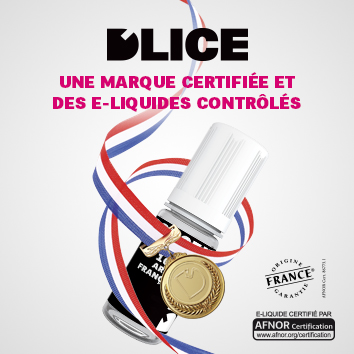The negative impact of Australia’s anti-smoking policy

Australia was one of the first countries in the world to adopt draconian regulations for cigarette sales and consumption. To reduce the smoking rate, a succession of governments decided to raise the prices of tobacco products from one year to the next. Currently, to purchase a pack of Marlboro, you need to shell out almost 19 Euros. Australia was among the pioneers to ban smoking in public spaces. They also made neutral packaging mandatory as early as 2012. But are these measures effective?
Currently, the rate of smokers in Australia is 15,2% for consumers over 18 years of age. These figures most definitely put France, recorded at a whopping 32% of tobacco addicts, to shame. But behind these encouraging figures the reality is far from utopian. In four years, the smoking rate only fell 0.8 points, and even more alarming, the smoking rate is rising in certain regions.

Anti-vaping regulations are counter-productive
Australia’s repressive attitude to e-cigs is leading to unforeseen consequences. One option would be to encourage vaping to help smokers quit, but the government is heading in the opposite direction. In certain states, it is illegal to sell vaping products that contain nicotine.
This decision seems completely misguided, given the almost unanimous scientific conclusions that vaping products are less harmful to health than tobacco combustion. In the same vein, the scientific establishment agrees that the use of e-cigs is not a gateway to smoking. Despite this, Australian government representative Tanya Plibersek has stated that the administration’s stance is the exact opposite.
The USA recently adopted strict anti-smoking regulations, but vaping is tolerated and even encouraged in most states. And the results are clear: in America, the smoking rate has never been so low.






